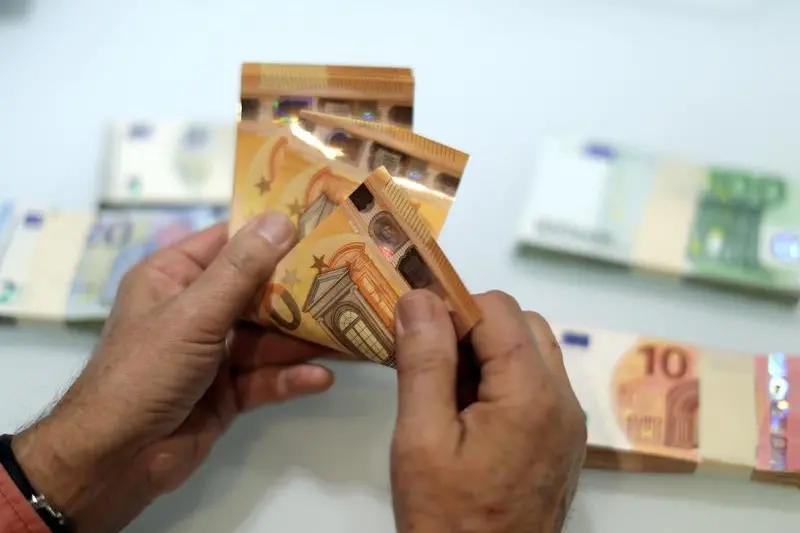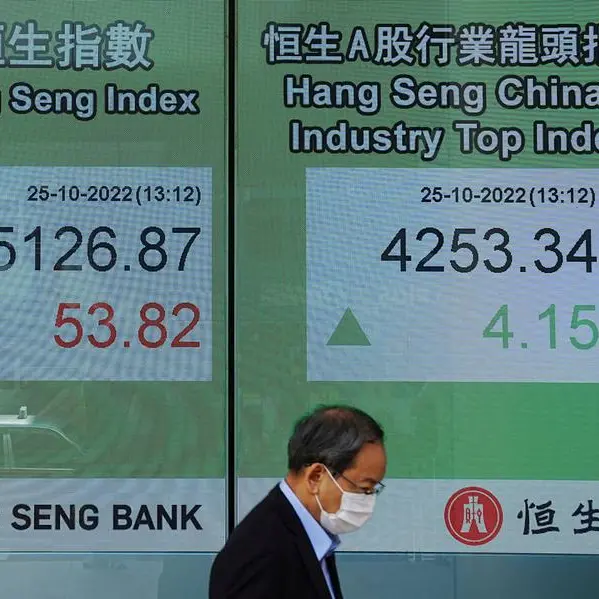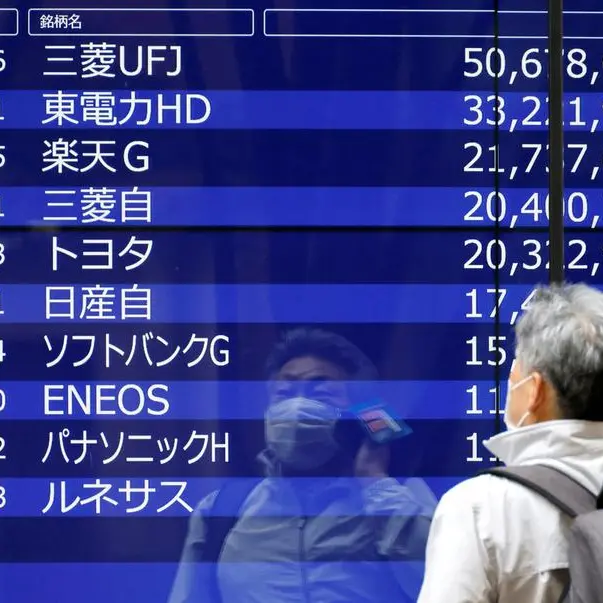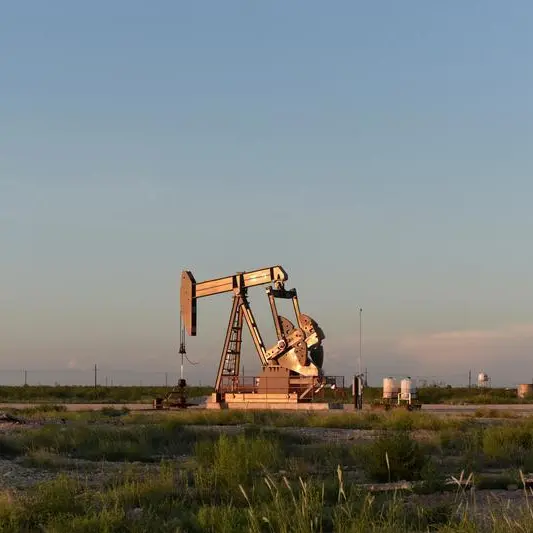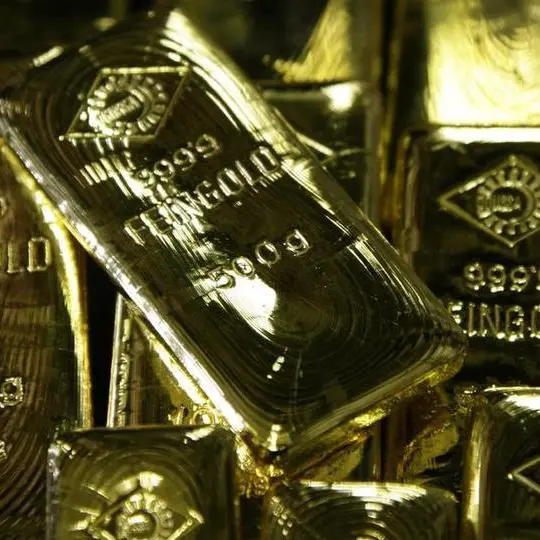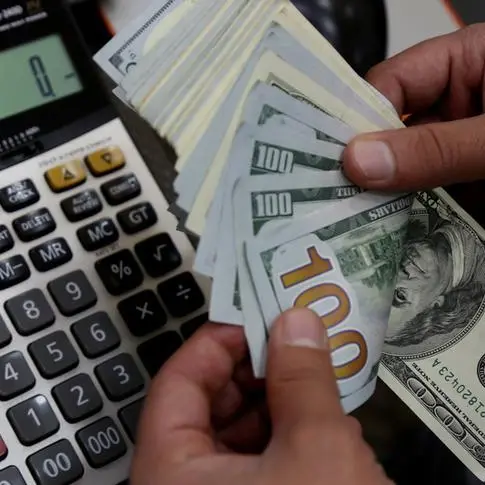PHOTO
(The author is editor-at-large for finance and markets at Reuters News. Any views expressed here are his own)
LONDON - Summer offered relief from the pandemic shock in the more stressed part of Europe's corporate bond markets - but investors may be back on the frontline if a vaccine is slow to arrive.
The bonds of high-quality, investment-grade companies have effectively been given a free pass through the pandemic by their inclusion in massive central bank bond-buying campaigns deliberately designed to keep credit flowing.
As a result, that market has been a sweet-spot for many defensive investors looking for some positive income compared with often negative government bond yields - but with virtually the same level of official support.
JPMorgan's analysts insist "investment-grade spreads are now a policy tool, and not a market". Indices of high-grade euro corporate bonds are back to where they started the year, with paltry implied yields of little over 0.30%.
The riskier part of Europe's bond market, the high-yield "junk bond" market is a different kettle of fish - full of companies far more stressed by this year's sudden stop in the world economy and often outside the direct central bank support.
And yet, calm has resumed there too as many of these "speculative" bond names also benefit from a variety of other government backstops and credit guarantees.
And with banks awash with cash - so much so that already negative euro interbank lending rates have fallen below even the ECB's overnight lending rate over the past month - the position of financials both as lenders and also constituents of junk indices is significant in that recaptured market tranquility.
Although yields on the ICE Bank of America euro high-yield index trebled by March 20, to levels around 7.75% not seen since the height of the euro zone debt crisis in 2012, they have almost halved again since as insolvencies actually dropped across Europe and initial scramble to raise new debt ebbed to a trickle.
So, despite the leftfield onset of one of the deepest recessions in modern history, euro junk bond borrowers are only paying on average about 1.4 percentage points more than they were at the start of the year. That's almost a third less than the peak of the euro crisis in 2011 and nowhere near the blinding 25% during the Great Financial Crisis 12 years ago.
'MIND-BENDING'
According to the latest fund survey from Bank of America, 67% of high-yield investors think central bank and government supports were enough to contain the default cycle in Europe. A fifth felt the relative quality of the European high-yield market, where BB-rated names make up 70% of indices, and a lower share of hard-hit energy firms compared to U.S. counterparts were also key in getting default rates as low as 1.7% in July.
But citing what they called one of the most "mind-bending" statistics of an already strange year, BofA's credit team point out that credit guarantee schemes saw year-on-year insolvency rates plummet in Europe during the second quarter - down 13%, 25% and 60% for Germany, France and Spain respectively.
However, Europe may face its own version of the much-touted "fiscal cliff" stateside as many of these guarantee schemes expire by the end of this year, and it's far from clear yet whether they'll get rolled over or when a vaccine will arrive.
Mindful of that, credit-rating agency S&P Global warned this week that default rates in high-yield euro corporate bonds could spike again to 8.5% by June next year - meaning some 62 companies defaulting - and said the pandemic wrought "arguably the most pronounced deterioration in credit quality ever".
Sectors hit by social-distancing measures, such as retail, consumer products, transport and leisure, comprise 39% of outstanding European speculative debt. A further 6% from energy and mining have been whacked by the commodity price swoon.
"Expansive monetary and fiscal support could lessen defaults over the medium term, but with basic revenues flagging, the proportion of CCC/C issuers has risen sharply," it said.
"When combined with continued support, this could lead to drawn-out period of a higher-than-average default rate, rather than typical cyclical behaviour."
Yet a 8.5% default rate would still be less than the financial crisis peak of 10% in 2009, and almost half the record peaks of 2002 after the dotcom bust. What's more, not one of the respondents in BofA's recent fund manager survey saw default rates exceed 15% in this cycle.
"Bond investors have been pragmatic instead of being rational," said Unigestion's Florian Ielpo, adding they have simply bought up assets most buoyed by central-bank liquidity moves and government supports. "The impact of these dislocations will last as long as policymakers have the upper hand – i.e. for a long time."
(The author is editor-at-large for finance and markets at Reuters News. Any views expressed here are his own)
(by Mike Dolan, Twitter: @reutersMikeD; Editing by Pravin Char) ((mike.dolan@thomsonreuters.com; +44 207 542 8488; Reuters Messaging: mike.dolan.reuters.com@thomsonreuters.net))
